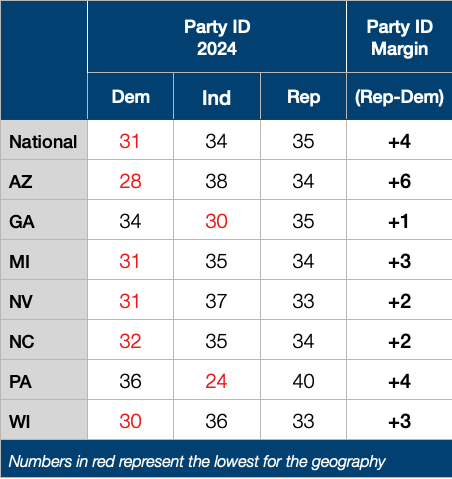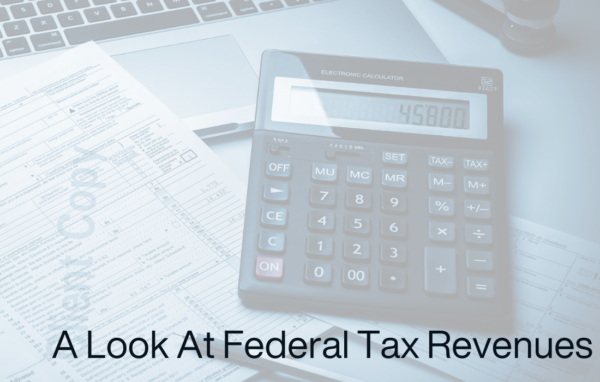As we watched Tuesday’s coverage of the special election, it seemed that the media was poised for the storyline that Democrats are back. The Wisconsin Supreme Court win was a plus for Democrats, but it is hardly a sign that Democrats’ problems are behind them. As Republicans have learned the hard way, Democrats should beware of false dawns in a single election.
From Tuesday’s special elections, one of the media’s main points has been that Democrats closed the gap in the Florida races from 2024. That is true, but despite the Republican candidates being vastly outspent, Democratic Congressional candidates still lost by double digits.
We first observed the decline of the Democratic Party’s numbers in the 2022 midterm elections that saw the lowest percentage of the electorate (33%) that they had experienced in Congressional elections in the history of exit polling. History repeated itself in 2024 with Democrats’ further decline as a percentage of the electorate (32% at the Congressional level; 31% at the presidential level). Coming in as a smaller percentage of the electorate than Republicans and independents, Democrats have been relegated to third party status. They aren’t working their way back from second place — they are working their way back from third place.
This trend was seen throughout the competitive states. The chart shows the party ID composition in seven competitive states in 2024. In all but two (GA and PA), the percentage of Democrats was smaller than independents. Wisconsin was one of those states where Democrats were a third party, coming in at 30% behind independents (36%) and Republicans (33%).

As long as progressives are driving the strategy for the Democratic Party, it is going to be difficult for them to win back voters they lost. In the last election, liberal Democrats were only 16% of the electorate. From what we have seen so far, there doesn’t seem to be any sign of moving away from the progressive agenda, as that as the wing of the party that raises the most money.
To be clear, this doesn’t mean Republicans have nothing to worry about for 2026. But these third place rankings for Democrats indicate the Democratic Party must rethink its value proposition to the electorate.
For more on the state of the two parties, see our historical post-election analysis reports and David’s Roll Call column this week.







